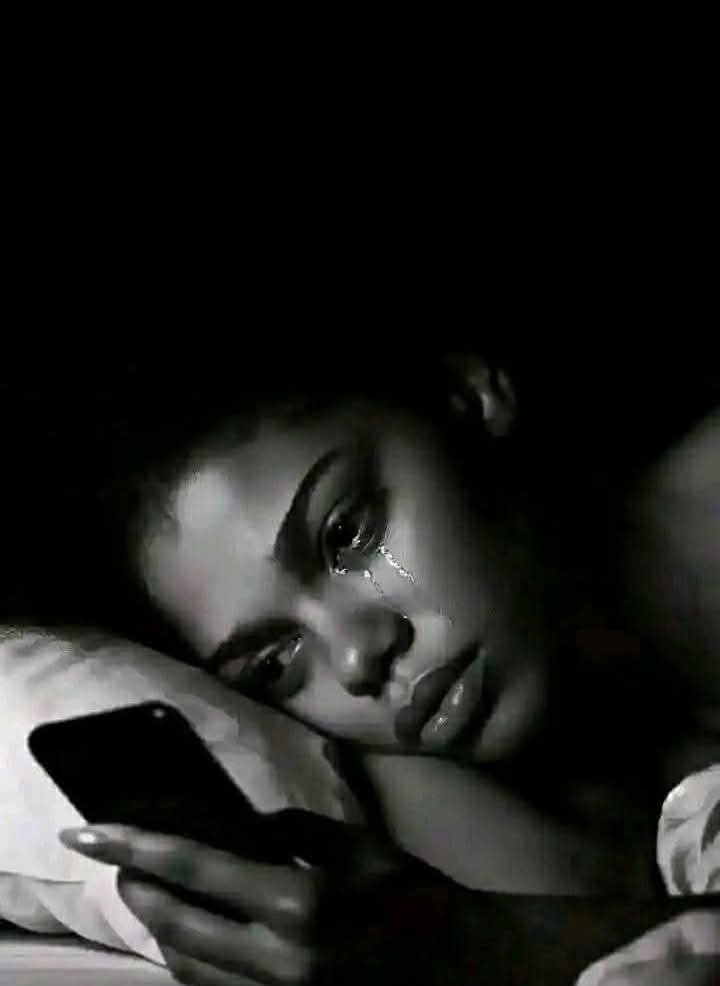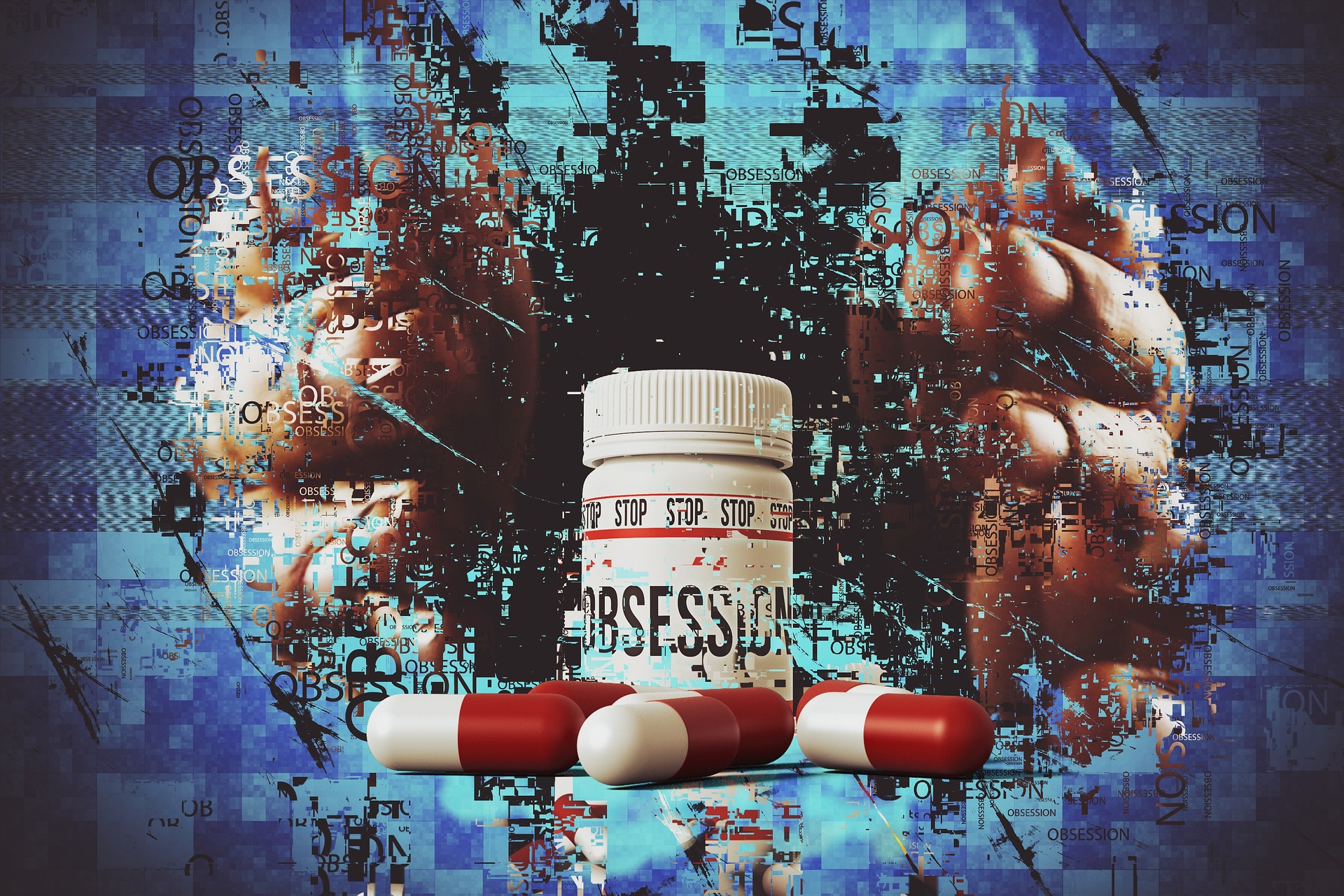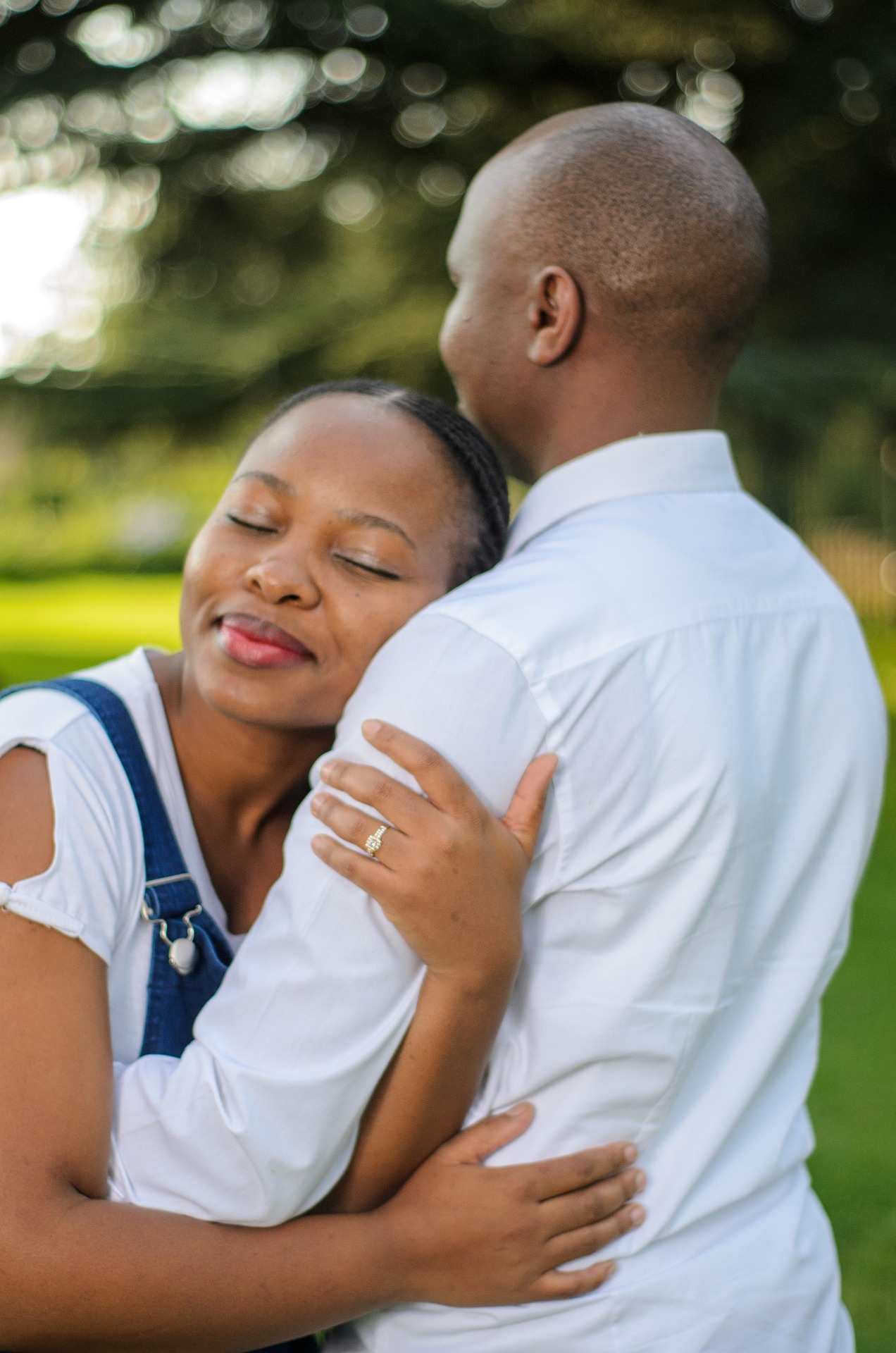Child rape is one of the most horrific and inhumane violations a child can endure. It is an act of brutal violence that destroys innocence, breaks trust, and leaves deep, lasting scars—physically, emotionally, and psychologically. While deeply painful to discuss, awareness and education are powerful tools in the fight to prevent this grave crime and to support survivors.
What is Child Rape?
Child rape refers to the act of engaging in sexual intercourse or penetration with a minor, particularly when it involves force, coercion, manipulation, or when the child is too young to legally give consent. It is a criminal offense in every civilized society, but tragically, it still happens—often in silence and secrecy.
The perpetrators are not always strangers. In many heartbreaking cases, the abuser is someone the child knows: a family member, family friend, neighbor, teacher, religious leader, or caregiver. The abuse is often concealed by threats, fear, and manipulation.
The Devastating Impact
The trauma from child rape can have lifelong consequences:
Psychological: Victims may suffer from post-traumatic stress disorder (PTSD), depression, anxiety, low self-esteem, and suicidal thoughts.
Behavioral: Children may become withdrawn, aggressive, or exhibit inappropriate sexual behavior or language.
Physical: Injuries, sexually transmitted infections (STIs), and in some cases, unwanted pregnancies.
Educational and Social: Victims often struggle with concentration, trust, and building healthy relationships.
Without timely support, the emotional damage can continue into adulthood, affecting every area of life.
Warning Signs to Watch For
Children may not always speak up, but certain signs may point to abuse:
Sudden changes in behavior or mood
Fear of a particular person or place
Nightmares or bedwetting
Decline in academic performance
Withdrawal from friends or activities
Physical complaints such as genital pain, bleeding, or infections
It’s important to understand that silence does not mean safety. Many children remain quiet due to shame, fear, or being threatened by the abuser.
The Role of Adults and Society
Every adult—parent, teacher, neighbor, or leader—has a role to play in protecting children. Here’s how we can act:
1. Listen and Believe: If a child confides in you, believe them. React with calm, support, and seriousness.
2. Report Immediately: Contact child protection services, the police, or a child advocacy center. Time matters.
3. Educate and Empower: Teach children about body boundaries, safe and unsafe touches, and encourage them to speak up.
4. Create Safe Spaces: Homes, schools, religious centers, and communities must foster open communication and safety.
5. Support Survivors: Provide access to trauma-informed therapy, counseling, and long-term care. Healing is a journey that requires patience and understanding.
Seeking Justice
Child rape must be met with the full weight of the law. Survivors deserve justice, and offenders must be held accountable through legal prosecution. Governments and institutions must strengthen laws, ensure swift trials, and eliminate loopholes that allow predators to go free.
Conclusion
The crime of child rape is a brutal wound to both the victim and society. But silence is not protection. By speaking out, educating others, and supporting survivors, we bring light into the darkness and help prevent future abuse.
Every child has the right to grow up safe, loved, and free from harm. Let us stand together—not just in outrage, but in action. Because protecting children is not optional. It is a duty.
If you suspect a child is being abused, report it immediately to your local child protection agency or police. Early action can save a life.




